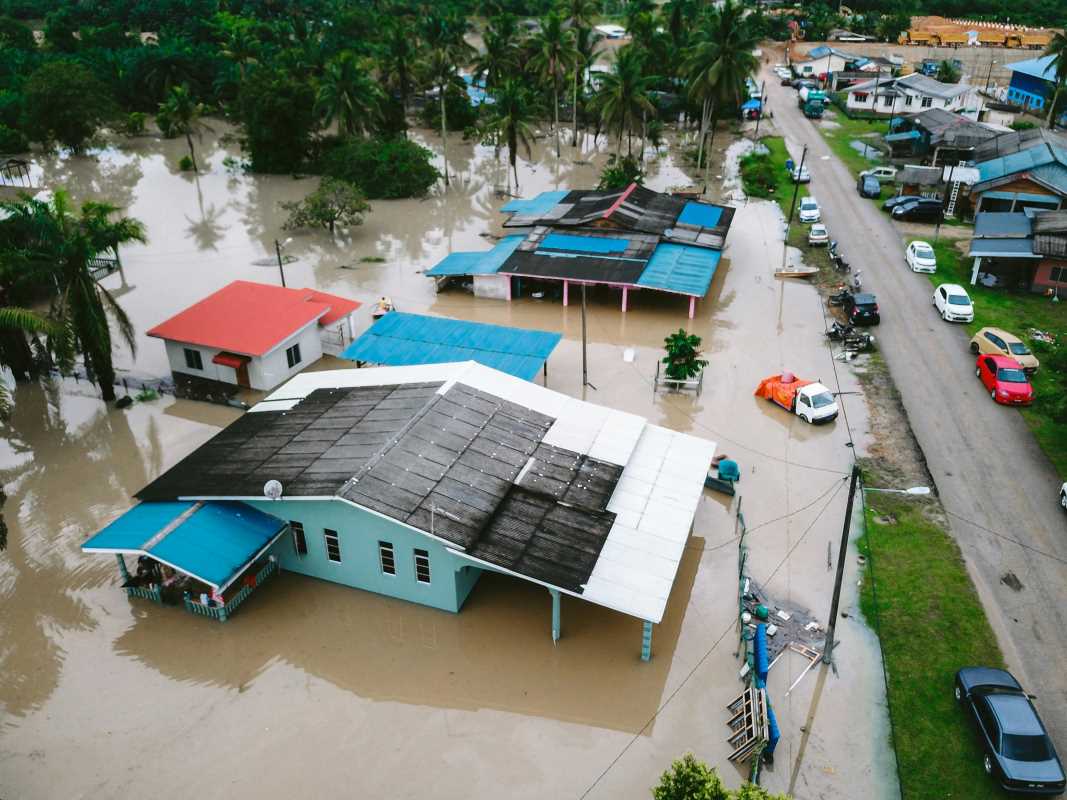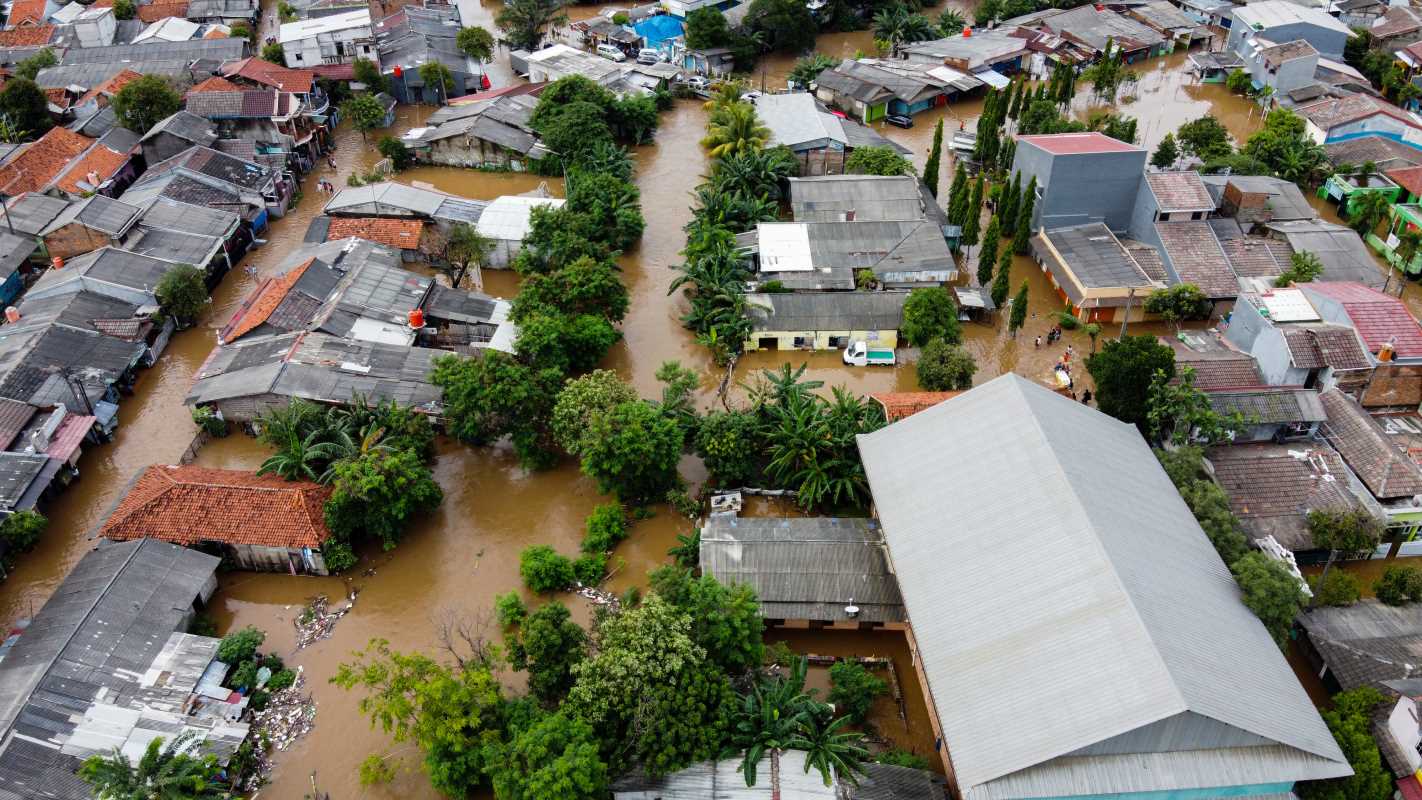Residing along the coast offers a serene and picturesque lifestyle, yet it presents distinct challenges, especially in safeguarding your home against natural disasters. Securing flood insurance stands as an essential line of defense for those who live near the ocean. It is crucial to grasp the importance of flood insurance, explore the various policy options available, assess your coverage requirements accurately, and discover strategies to reduce premium costs. These steps can profoundly impact your ability to protect your property and maintain peace of mind amidst the unpredictability of coastal living. Understanding these aspects ensures you are prepared for whatever nature may bring.
Why Flood Insurance is Crucial for Coastal Homes
- High Risk of Flooding: Coastal areas face a higher likelihood of flooding due to their proximity to oceans and large bodies of water. Storm surges, heavy rainfall, and rising sea levels increase the chances of flood events.
- Property Damage: Floodwaters can cause extensive damage to homes, including structural issues, electrical problems, and the destruction of personal belongings. Repairing and rebuilding can be costly without proper insurance.
- Lender Requirements: Many mortgage lenders require flood insurance for properties in designated high-risk flood zones, which ensures that homeowners protect themselves against potential losses.
- Unexpected Costs: Even areas not typically prone to flooding can experience unforeseen events. Flood insurance provides financial protection against unexpected disasters that can otherwise result in significant out-of-pocket expenses.
- Peace of Mind: Knowing that you have coverage in place can alleviate the stress associated with potential flood risks, allowing you to enjoy your coastal home with greater confidence.
Understanding Your Policy Options
- National Flood Insurance Program (NFIP) Policies: Offered by FEMA, these policies provide coverage for residential properties in participating communities. They cover both building and contents up to certain limits.
- Private Flood Insurance: Private insurers offer these policies and can provide higher coverage limits and more flexible terms than NFIP policies. They work well for homeowners seeking more comprehensive protection.
- Excess Flood Insurance: Also known as Umbrella policies, these provide additional coverage beyond the limits of standard flood insurance policies. They are useful for homeowners with significant assets requiring extra protection.
- Business Flood Insurance: Tailored for coastal homeowners who run businesses from their homes, this coverage protects business assets and operations from flood-related disruptions.
- Flood Insurance Riders: These can attach to existing homeowners or renters insurance policies to provide additional flood protection without purchasing a separate policy.
Evaluating Coverage Needs
Determining the appropriate level of coverage for your coastal home involves assessing several factors. Start by evaluating the value of your property and the contents you wish to protect. Consider the construction type of your home, as buildings made with elevated structures or flood-resistant materials may require different coverage levels. Understanding the specific flood risks in your area, such as historical flood data and future projections related to climate change, can help you make informed decisions about the necessary coverage. Consulting with an insurance professional can provide personalized insights based on your unique situation.
Weather-Proof Insurance Plans
Climate change has significantly altered weather patterns, which has led to more frequent and severe flooding in coastal regions. Rising sea levels and increased storm intensity mean that traditional flood insurance policies may no longer provide adequate protection. Staying informed about how these environmental changes affect insurance needs is essential. Opting for weather-proof insurance plans can ensure that your coverage evolves alongside the shifting climate, offering robust protection against the growing risks associated with extreme weather events.
How to Save on Flood Insurance Premiums
Saving on flood insurance doesn't mean compromising on coverage. Start by reducing your home's flood risk; installing flood barriers, elevating electrical systems, and using flood-resistant materials can lead to significant discounts. Maintaining a good credit score and improving your overall home security can also lower premiums. Bundling flood insurance with other types of home insurance policies might offer cost savings. Regularly reviewing and updating your policy to eliminate unnecessary coverage can help keep premiums affordable without sacrificing essential protection.
Flood Insurance Questions and Concerns
Flood insurance questions and concerns are common among coastal homeowners. Understanding the specifics of policy coverage, claim processes, and eligibility criteria is vital. Homeowners often worry about whether their policy will cover all types of flood damage or how long it takes to receive compensation after a flood event. It's also important to address concerns about premium increases and policy renewals. Thoroughly researching and communicating with insurance providers allows you to address these questions and ensure that your flood insurance meets your needs effectively.
Securing a coastal home against flooding requires proactive planning and the right insurance coverage. Understanding policy options, evaluating risks, and embracing climate-resilient strategies help protect your property for the long term.
 (Image via
(Image via





